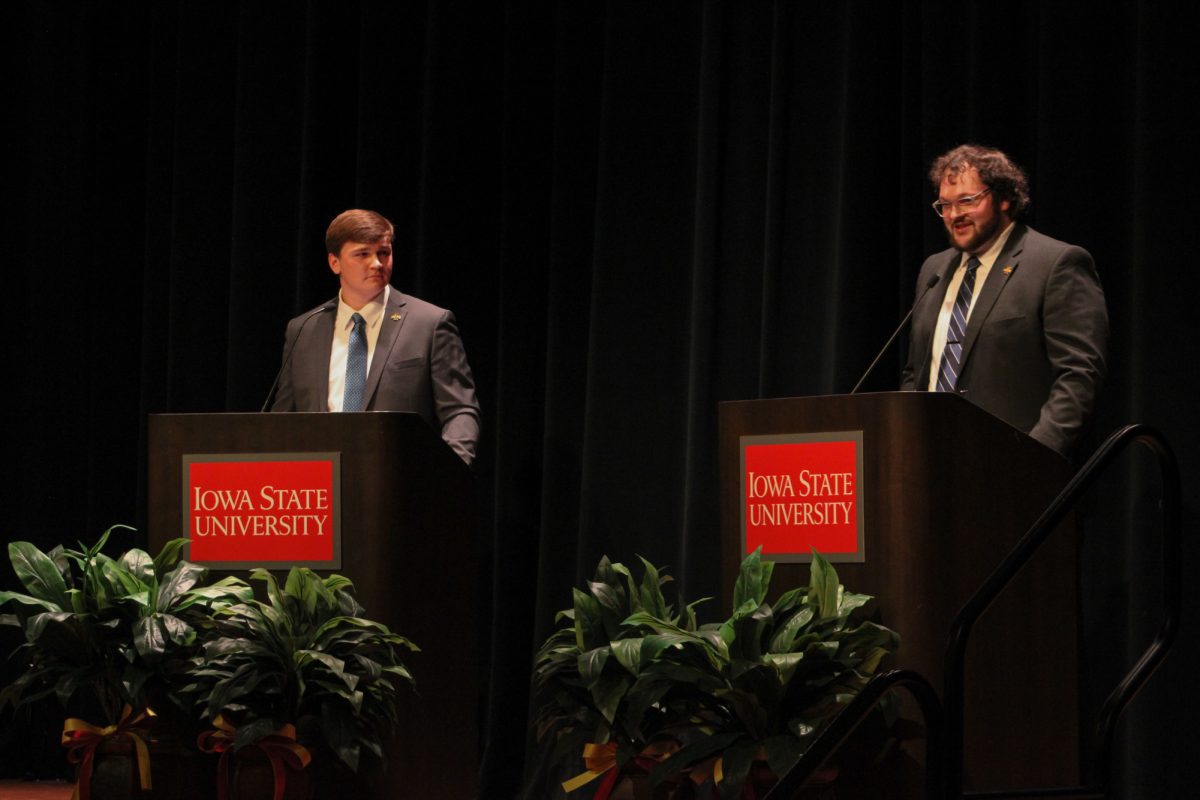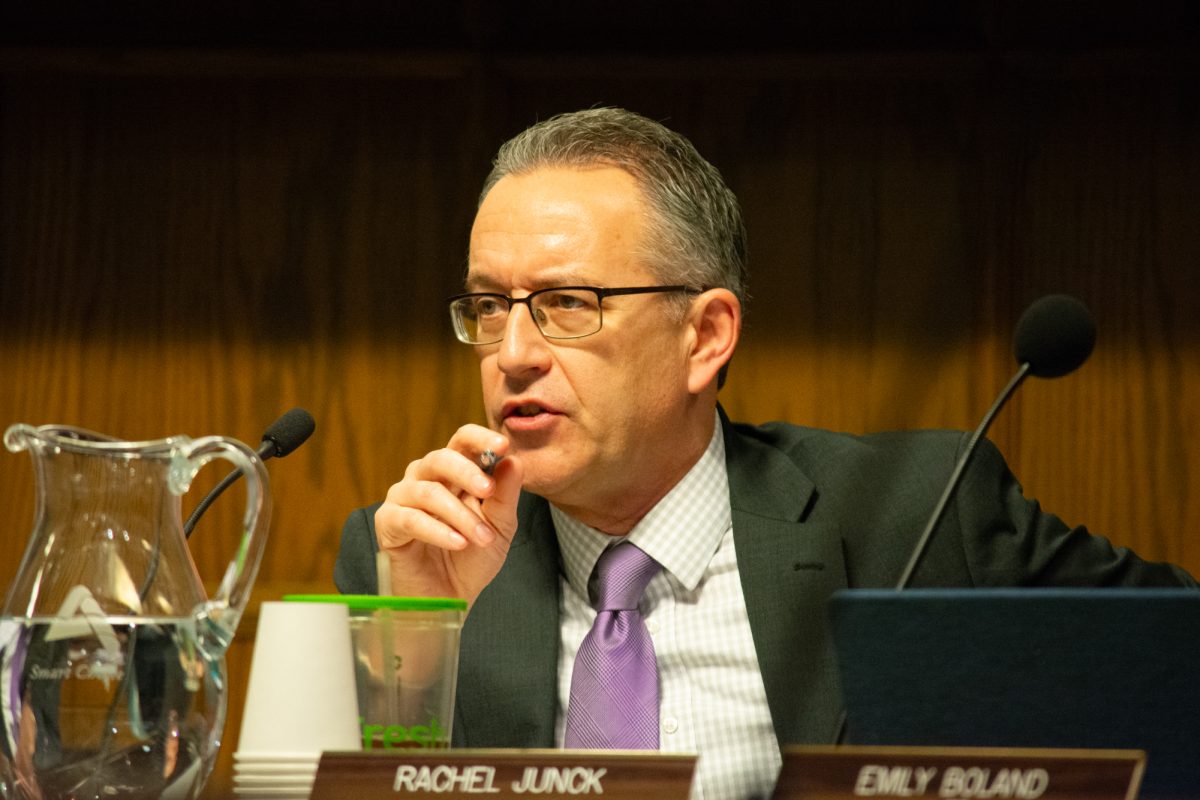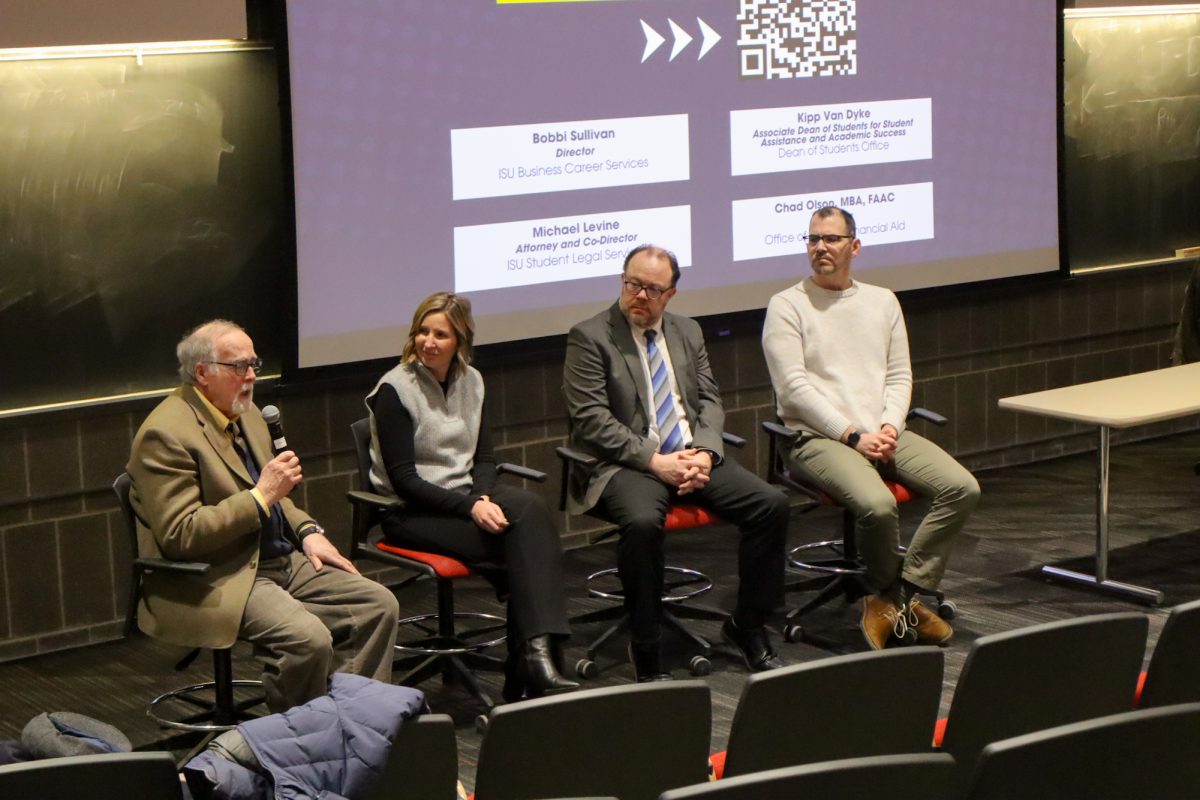1 million men have eating disorders
December 10, 1997
Every night for a year, Joe F., 23, faithfully carried out a private ritual in his kitchen.
Joe described himself as “a typical, textbook anorexic” in the book, “Anorexia Nervosa: Finding the Lifeline” by Patricia M. Stein and Barbara Unell.
At first it began with just eating two oranges. Later it consisted of having two large pizzas, one cake, one dozen cookies, one dozen doughnuts, one box of cereal and a gallon of milk — all in one sitting.
Joe had an eating disorder — he was suffering from bulimia, a phase of anorexia nervosa. His nightly ritual was binging on huge amounts of food. He would vomit and take large quantities of laxatives to rid himself of the food he had consumed.
Joe developed anorexia when he broke up with his girlfriend, became depressed and was hospitalized. Joe learned eating disorders could be an outlet for his depression and suicidal thoughts. He cut down on his eating portions gradually, until he eventually stopped eating all together.
There is one difference to distinguish Joe from the profile of a “typical” eating disorder sufferer — he is male. His case is contrary to the stereotype that eating disorders are only associated with upper-class white women.
According to the National Association of Anorexia Nervosa and Associated Disorders (ANAD), men make up nearly 1 million of the 8 million Americans suffering from eating disorders.
“For every 10 females with an eating disorder, there is a male with an eating disorder,” said Kay Evans, an advanced registered nurse at the University of Iowa Hospital, Iowa City.






